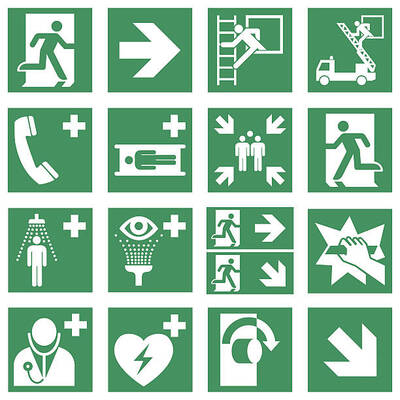- 1-905-452-8193
- Contact Us
- Member Login
- Get Listed Today
- 220,911 members

Appliance testing and tagging Canberra is a process of assessing the safety of electrical appliances and equipment. The aim is to ensure that they are safe for any person to use, and to identify any potential hazards.
Testing and tagging must be carried out by a qualified electrician, and involves inspecting the appliance, checking for damage or wear and tear, and testing it to see if it meets current safety standards.
If an appliance fails the test, it will need to be repaired or replaced before it can be used again. Tagging provides a visual record that an appliance has been tested, and shows when it was last inspected.
Testing and tagging is a legal requirement in many workplaces, so it is important to make sure that all appliances can be safely used by anyone. However, there are a few common mistakes that people make when carrying out this process.
Let us take a look at some of the most common mistakes done when appliance testing and tagging so that you can avoid them in the future.
Not Testing All Appliances
One of the most common mistakes is not testing every appliance in the workplace. It’s important to remember that any appliance that uses electricity should be tested, regardless of how old it is or how often it’s used.
Not Tagging Appliances That Have Failed Tests
If an appliance fails a test, it’s important to tag it so that people are aware that it’s not safe to use. Not tagging appliances that have failed tests is one of the most common mistakes people make, as it can lead to serious accidents.
Tagging Appliances That Have Not Been Tested
It’s also important to make sure that you don’t tag an appliance as safe if it hasn’t been tested. This is a mistake that can easily be made, so always double-check before you tag anything.
Not Testing Extension Leads
Extension leads are often forgotten about when appliance testing and tagging, but they need to be tested just like any other appliance. This is because they can easily become damaged, which can lead to electrical shocks or fires.
Not Testing in Difficult to Reach Places
Another common mistake is not testing in difficult-to-reach places, such as behind desks or in cupboards. It’s important to remember that any appliance that uses electricity should be tested, regardless of where it is.
Not Using the Correct Equipment
It’s also important to make sure that you use the correct equipment when appliance testing and tagging. This includes using the right type of tester for the appliance you’re testing.
Not Following the Correct Procedure
There is a specific procedure that should be followed when appliance testing and tagging, and it’s important to make sure that you follow it. Not following the correct procedure is one of the most common mistakes people make, as it can lead to serious accidents.
Not Recording the Results
It’s also important to make sure that you record the results of each appliance test. This is so that you can keep track of which appliances have been tested and which ones need to be retested.
Not Retesting Appliances After Repairs
If an appliance has been repaired, it’s important to make sure that it’s retested before it’s used again. This is because repairs can often cause electrical problems, which can be dangerous.
Not Testing New Appliances
It’s also important to test any new appliances that are brought into the workplace. This is because they may not have been tested properly before they were sold, which could pose a danger to users.
Not Tagging Out of Date Appliances
If an appliance is out of date, it should be tagged as such. This is so that people are aware that it may not meet current safety standards and should be replaced.
Not Following Up on Test Results
Finally, it’s important to follow up on the results of each appliance test. This is so that you can make sure that all appliances are safe to use and that any problems are corrected.
Testing and tagging is a legal requirement in many workplaces, so it is important to make sure that all appliances are safe to use. If you are unsure about anything, seek professional advice.
